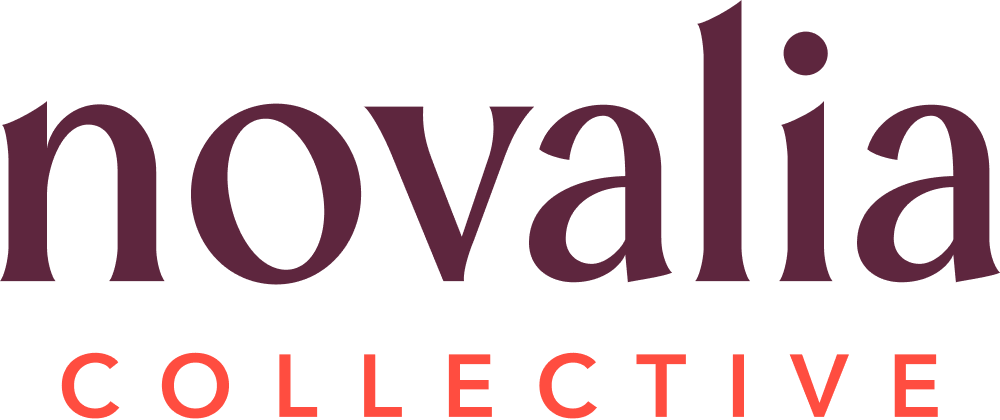Three Things We Learned About Centering Belonging in Conservation Education
Guest blog by Dr. Sara Mueller, Executive Director of the Wildlife Leadership Academy
The mission of Wildlife Leadership Academy is to engage and empower high school aged youth to become Conservation Ambassadors to ensure a sustained wildlife, fisheries, and natural resource legacy for future generations. A year-round program, the Academy begins with residential programming that focuses on wildlife/fisheries biology, recreation, and conservation as well as leadership skill development. The Academy experience then continues with community outreach through education, service, media engagement, creative arts, and outdoor mentorship. Our goal is to build a culture of belonging in our organization and our programming – believing deeply that the outdoors is for everyone.
In 2023, the Academy engaged in the Novalia Collective’s joy-based design process to examine and redesign the marketing and onboarding materials as well as the curriculum and field school experience. As part of the process, we embraced three mindset shifts that we regularly integrate into what we do and who we are as an organization. These three aspects have allowed us to begin and deepen our work on belonging as a pillar of the Academy experience.
Mindset 1: Design at the margins
A classic example of designing at the margins is the dip in the sidewalk initially intended for wheelchair accessibility. However, this stretch of sidewalk also benefits people pushing strollers, using walkers, walking next to a bike, or pulling a cart. As we evaluate our program, we critically examine how the design of our materials and sessions impact marginalized communities. Then, in reimagining the Academy experience, we design with these communities at the forefront. For example, we know that transportation to our program site is a challenge for some of our urban participants. If we can provide sponsored transportation from the cities in our state, our van can also stop in other communities along the way. Inadvertently, we cut down on the greenhouse gases from additional vehicles on the road and allow students to get to know each other on the ride. What if intentional changes in our programming makes the world better for everyone?
Students learn about nature journaling which often embodies connection and observations of nature by tapping into one’s creative side, one of many learning styles used throughout the week.
Mindset 2: Ask “How might we?”
As a team, we are very excited to create solutions – the nonprofit sector tends to attract problem solvers after all! However, this approach can be short sighted and focus on a challenge rather than an opportunity. Asking “how might we” sparks curiosity and reframes how we approach the question we are in pursuit of addressing. There is a lot of power in the word “might” because it doesn’t restrict the possibilities. It allows for bigger, bolder, more creative solutions to come forward. For example, we decided to ask ourselves, “How might we build in better supports for our marginalized students to enable them to make meaningful connections as we learn about each other during our programs?” Ultimately, we created a new session called Campfire Connections so that students could listen, witness, and embrace differences in their identities as it relates to the outdoors, yet synthesize similarities and appreciate the commonalities in what brought everyone to the program. Stories and campfires were a perfect match and a great addition to our program!
Using a different lens (or in this student’s case, binoculars) allows us to creatively answer, “How might we?”
Mindset 3: Create “safe-to-fails”
As a part of the design process, we created a safe-to-fail plan. This is a roadmap to trying something new, knowing that things may not work the way they were intended, but we are willing to try. We embraced this phrase, tweaked it, and would often use it with students and summer staff – that our programs are a safe place to fail. What we meant by this is that we are a place where it is encouraged that we learn from our mistakes. We provide the opportunity for do-overs, and we give support. And perhaps, more importantly, we worked to reduce the pressure that students place on themselves, because they are not actually failing, but finding opportunities for growth. For example, our programs are called field schools because they are highly academic in nature. Students are given a pre- and post-test to assess how much students learned throughout the week. There was a heightened level of anxiety amongst students that they were already supposed to know all of the answers when, in fact, they attended our programs to LEARN. This can hold some students back from even trying. Our programs also have opportunities for students to try new skills that they may have never previously experienced. We structure these activities in such a way that emphasizes the growth process rather than a final result. We remind students that we have faith that they can succeed, and we are there to help them do just that!
A student learns how to flyfish, an opportunity that is not readily available in their home community.
By designing at the margins, sparking creativity in problem solving, and creating an environment where expectations are based on growth we are making strides in building belonging at the Wildlife Leadership Academy.



